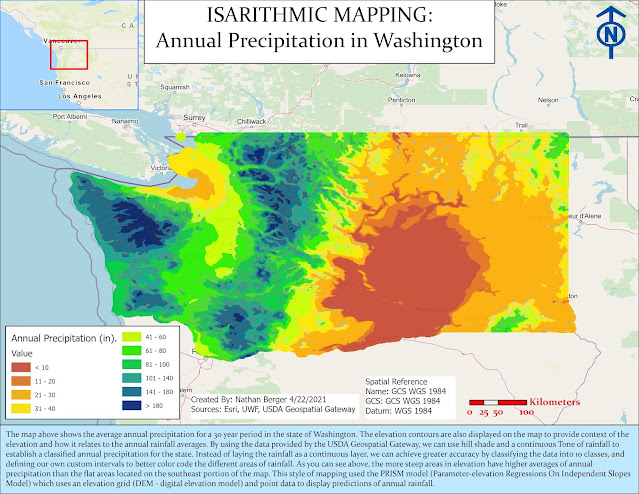3D Graphics In Google Earth

What is Google Earth? Google Earth is a wonderful GIS application for rendering 3D models on the fly. Google earth can export GIS data from Arc Pro as KMZ files straight into google earth, such as the map example you see above .The benefit of Google Earth, is that you get a ton of layers such as cities, populated places, water and land features, grid coordinates, and updated imagery of your current area. We can overlay more recent thematic data content from other software such as Arc Pro and display it into Google Earth. From there we can do analysis such as measurements, historical imagery comparison, azimuth shading and lighting, and look at landmasses / infrastructure in 3D. Google earth can "go back in time" and look at transportation, land features, and it provides imagery across the entire world. Google Earth can allow a GIS user to export graphics, create tour guide videos, and relay thematic data across a landscape in 3D extremely fast. See the images below for some ...



